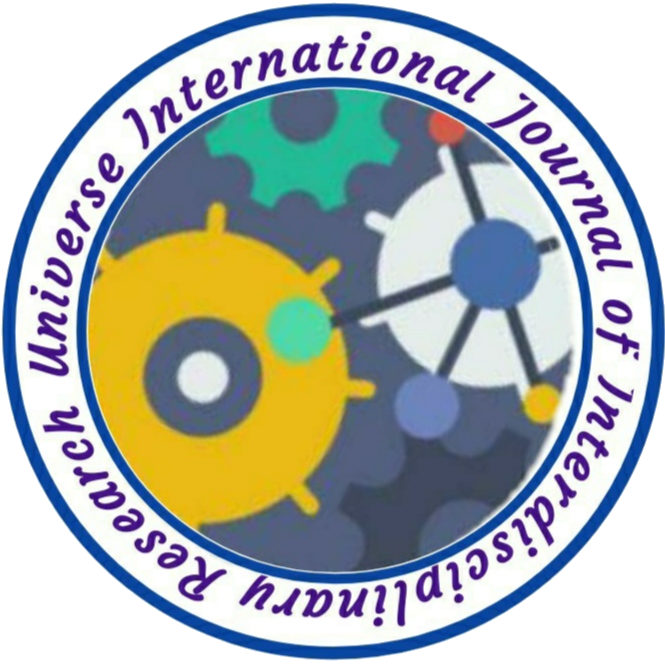A COMPARATIVE STUDY TO ASSESS THE QUALITY OF LIFE AMONG THALASSEMIA CHILDREN AND SICKLE CELL CHILDREN (8-14 YEARS) WITH A VIEW TO DEVELOP AN INFORMATIONAL BOOKLET
Author Name: 1. Mrs. J. Jayanthi , 2. Ms. Neelu Khori
Volume/Issue: 04/04
Country: India
DOI NO.: 08.2020-25662434 DOI Link: https://doi-ds.org/doilink/09.2023-63567165/UIJIR
Affiliation:
1. Associate Professor , Govt. College Of Nursing, Raipur, Chhattisgarh, India.
2. Assistant professor , Scope College Of Nursing, Raipur, Chhattisgarh, India.
ABSTRACT
Pediatric blood disorders are a group of noncancerous diseases, including bone marrow failure syndromes and hemoglobinopathies, which can affect the functioning and quality of life of infants, children, and adults. In some cases, these disorders can be life-threatening. Bone marrow failure syndromes are rare and involve low blood counts due to problems with the bone marrow – the tissue inside bones that produces hematopoietic stem cells. Hematopoietic stem cells are the parent cells of all blood cells, giving rise to oxygen-rich red blood cells, infection-fighting white blood cells, and blood clot-forming platelets that help stop bleeding. The failure of a child’s bone marrow to produce certain blood cells can be inherited through mutations (changes) in genes, or it can be acquired during a child’s life time
Key words: Structured teaching program, thalasemia, and sickle cell anaemia children, information booklet

No comment